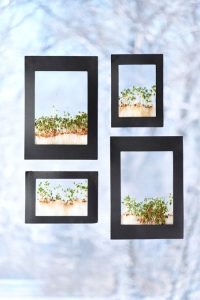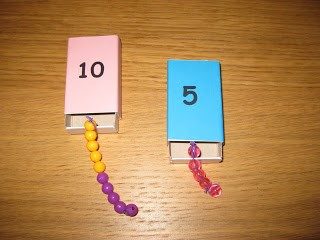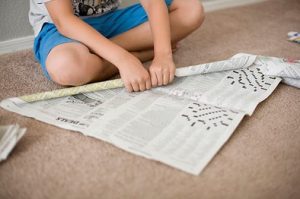Idea from Hands-On Science
This is what you need:
- Plastic bags
- Household paper
- Jars
- Flower sprayer
- Potting soil
- Documentation
- Pot
- Drawing material
- iPad
- Stop-motion (app)
Time to collect leftovers from summer flowers. These are called winter standers and are old inflorescences that have dried and are still standing filled with flower seeds. Put the winter stands in bags.
When you get to school/preschool, put the seeds on damp paper towels in different jars and keep the jars warm. For example, in a window with lots of sunlight. After a few days, some seeds will germinate. Then you will see the very first green leaves called heart leaves. Water with a flower sprayer. See how they grow day by day. After a few more days, carefully sprinkle some soil on the seedlings and plant them in a pot.
Continued
Option 1:
Rig a recording with an iPad and a stop-motion app that takes a picture of the plant once an hour for a couple of days, and you’ll get an absolutely stunning movie as a result!
Option 2:
What kind of flower will it be? Let the children imagine and draw the flower they think will grow from the seed. These can be beautiful, crazy and imaginative paintings that are perfect for an opening or theme party.
Option 3:
When the spring sun has warmed the ground and it is possible to dig in it. Plant your plants out in the wild again and mark the spot and follow the plant for a year. Document with analogue and digital tools.







